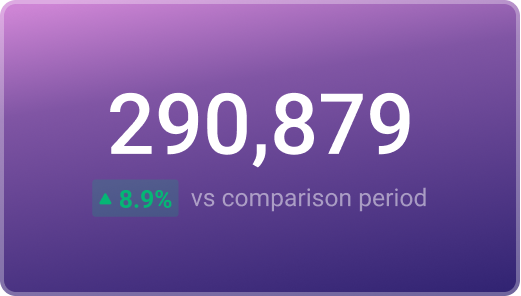Track all of your key business metrics from one screen
GET STARTED
 Xero
Non-current Liabilities
Xero
Non-current Liabilities Non-current liabilities are the debts a business owes and must pay within 12 months.
With Databox you can track all your metrics from various data sources in one place.

Used to show a simple Metric or to draw attention to one key number.
Databox is a business analytics software that allows you to track and visualize your most important metrics from any data source in one centralized platform.
To track Non-current Liabilities using Databox, follow these steps:
 Goals
Goals Scorecards
Scorecards Metric Digest
Metric Digest Metric Builder
Metric Builder Data Calculations
Data Calculations Performance Screen
Performance Screen